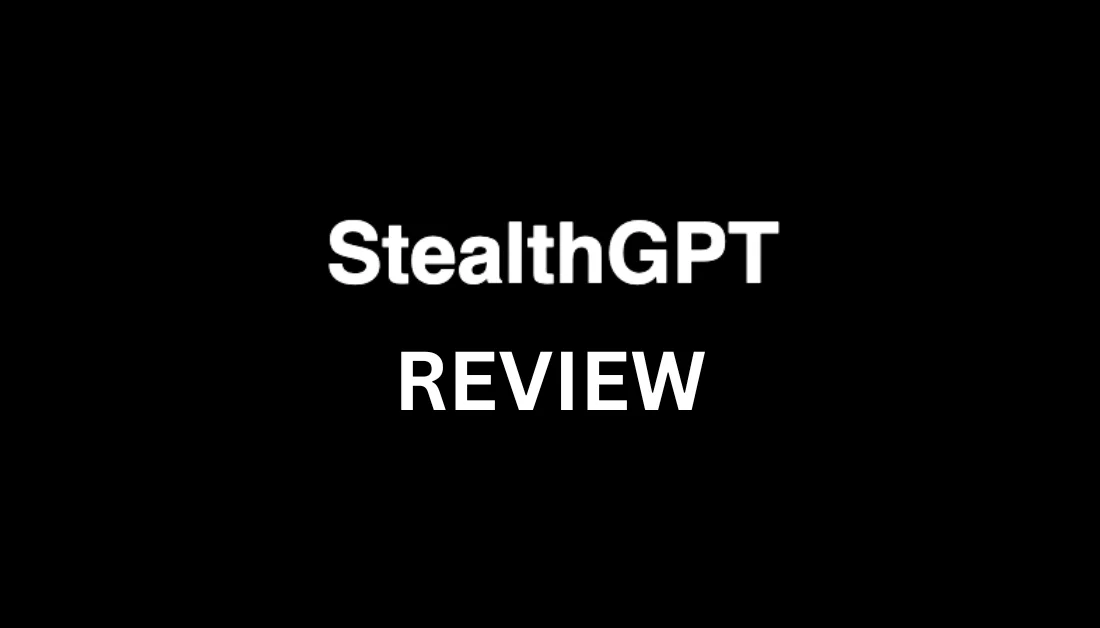What StealthGPT Does:
- AI Detection Bypass:
- Its primary function is to rewrite text generated by AI models (like ChatGPT) to make it appear more human-written.
- This is intended to help users avoid flags from AI detection tools used by educational institutions, content platforms, and others.
- Paraphrasing and Rewriting:
- StealthGPT uses advanced algorithms to rephrase sentences and change the structure of text while maintaining the original meaning.
- It aims to produce text that is grammatically correct and coherent.
- Multiple Modes:
- It often offers different “modes” or levels of rewriting, allowing users to adjust the intensity of the paraphrasing.
Considerations:
- Ethical Concerns:
- The use of AI detection bypass tools raises ethical questions, particularly in academic settings where it could facilitate plagiarism.
- It’s important to consider the potential consequences of using such tools and to use them responsibly.
- Accuracy and Reliability:
- The effectiveness of AI detection bypass tools can vary, and there’s no guarantee that they will always succeed.
- AI detection technology is constantly evolving, and tools like StealthGPT may need to be updated frequently.
- The quality of the rewritten text can also vary, and it may sometimes require manual editing to ensure clarity and accuracy.
- Potential Misuse:
- Tools like this could be used for malicious purposes, such as generating and spreading misinformation.
In summary:
StealthGPT and similar tools offer a way to modify AI-generated text, but their use should be approached with caution. It’s crucial to be aware of the ethical implications and to use these tools responsibly.

Leave a Reply